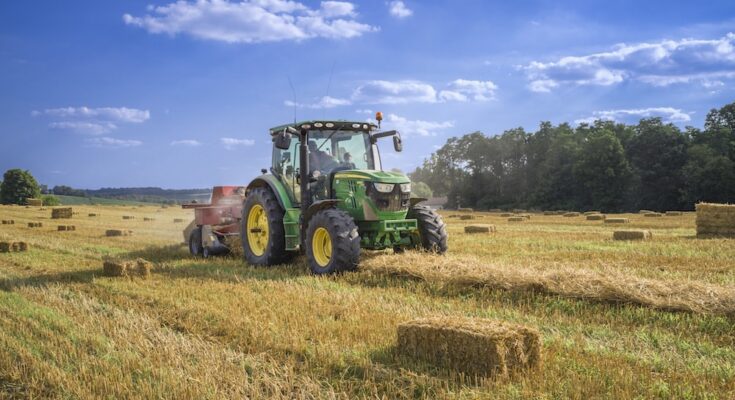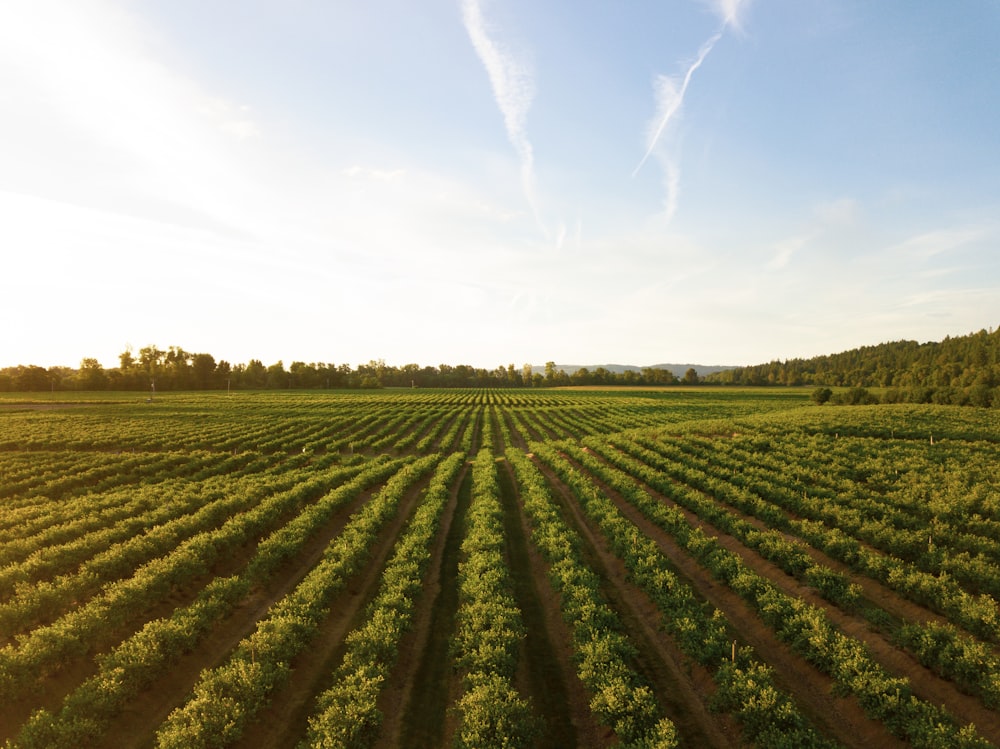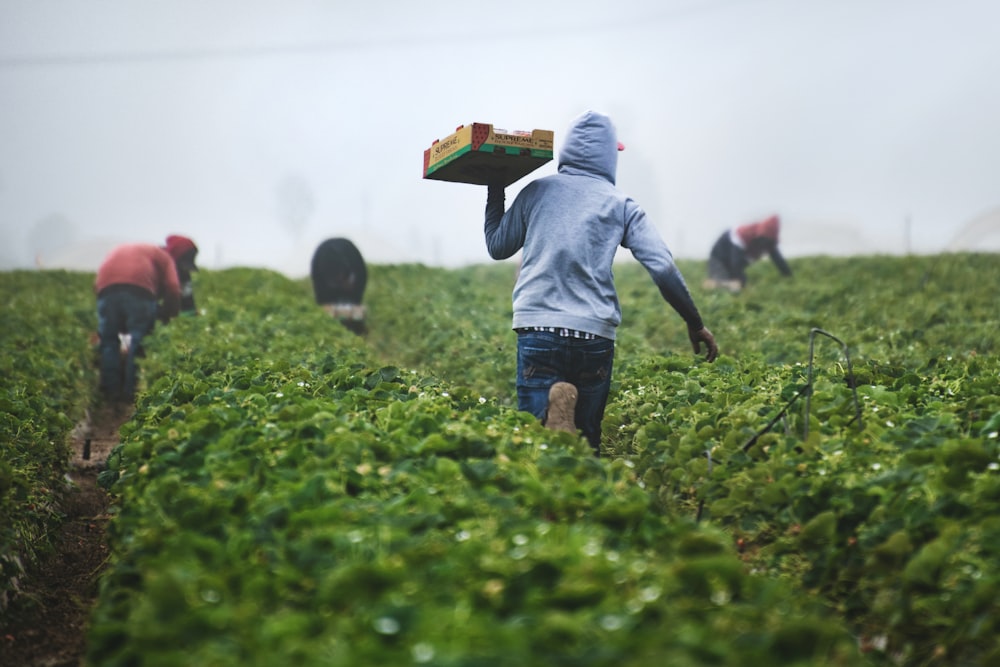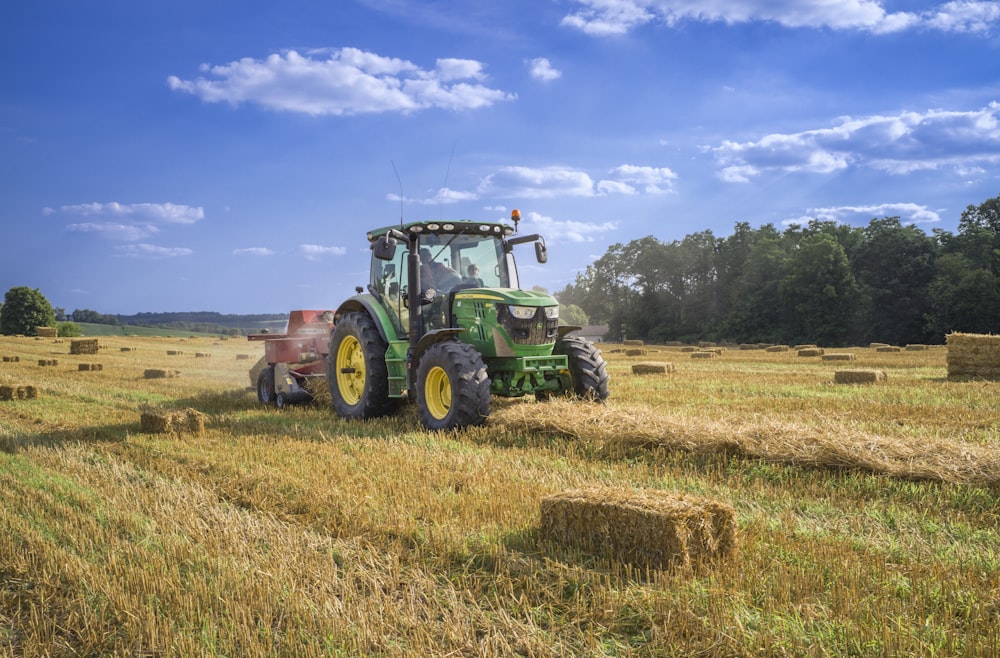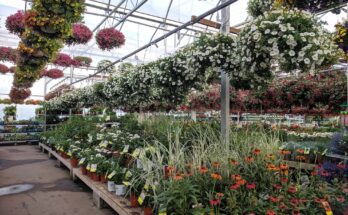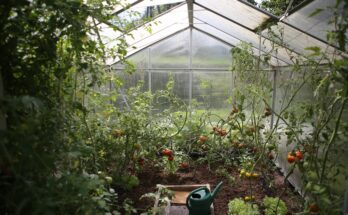Starting a farm: From selecting land to generating Income
Starting a farm is not a simple undertaking. From a farm depends on a number of factors, including where you want your farm, how you want to do farming, what you want to produce, and the size of your farm. There are numerous factors to take into account, and while this is a how-to manual to get you started, the rest is up to you.
Starting with a plan on the farm
Image via Unsplash.com
Have a written business plan, operational plan, and strategic strategy when you buy or start a farm’s business.
Make a note of your current location, your destination, and the path you intend to travel. Other personal, professional, financial, and market goals and objectives must also be kept in mind.
Review and identify your SWOT (Strengths, Weaknesses, Opportunities, and Threats) factors for the farm you wish to buy or start from scratch, as well as for you and the business you aim to launch.
Estimated cost of the farm
Image via Unsplash.com
Before starting your farming enterprise, you will need to calculate the cost of the land, the required equipment, and any renovations that are required. You will need to carefully examine those prices in the area you have chosen because there is no set price for land or a specific amount of land needed to start a farming operation. Even though equipment can be highly expensive, you may be able to purchase it by using dealer financing or by buying used equipment.
Assess your financial situation
To keep things running, farming has to make an annual investment. Some expenses are upfront, such as purchasing or renting the land, investing in equipment, and setting aside money to cover living expenses until you can sell your cattle or crops. The following expenses will also be incurred annually: fuel and equipment maintenance. For your tractors and combine, you’ll probably need to purchase diesel fuel, as well as hydraulic oil, motor oil, and other supplies.
- Every year you plant and harvest your crops, you will need to make an investment in seeds and fertilizer in order to create a yield.
- chemicals to shield your crops against exotic weeds, illnesses, and insects.
- utility invoices. Beyond what you’ll require for your living space and daily needs, you’ll probably certainly utilize some electrical power for water pumps, maintenance items like air compressors, and other power tools.
Making important decisions: starting farm

Image via Unsplash.com
Plan to either work a day job away from the farming or save enough money to cover your living expenses until your farm starts to generate a profit. You don’t get paid a weekly income for farming; instead, you are paid when you sell your farm’s goods, which is frequently not until the conclusion of the growing season.
Getting soil samples of the farm
The kind of soil (silt, sand, clay, or a combination of any two or three) and its quality (organic matter, organic carbon content, nutrient details [mainly nitrogen, phosphorous, potassium, and Sulphur] salinity, and pH levels) can be determined from soil samples that can be sent to a lab. A soil pit or even data from earlier surveys of different soil types can be used to determine the depth of soil horizons, and particularly for crop growers, the depth of the first horizon, which is where the majority of the root biomass and nutrient content will be.
The quality of the soil is crucial for crop production because if tests reveal that it isn’t up to par or if research on previous data indicates that it isn’t good for crop production, you may need to look elsewhere for better land or find something that will thrive there.
Vegetation on the farm: starting farm
Image via Unsplash.com
Because you won’t want to raise animals but will only want to produce crop for sale of your own choice. The surrounding flora that is growing wild in other pastures or along roadsides is unimportant for crop production. However, nearby farms will inform you of what they can cultivate in their fields. And subsequently demonstrate what you can think about cultivating as well. If you’d prefer have a lot of trees on your land rather than maize. Orchards or tree farming can be a better choice to take into account.
However, if you want fields with a variety of plant species and not just a handful. That you want to seed in surrounding vegetation is crucial for cattle raising. So have a look at the native or volunteered plants that are growing naturally on and around the farm’s area. Including in the ditches, along the edges of the fields, and even what might be in the neighbour’s field.
Talking to other farmers: starting farm
If you are purchasing a farm rather than inheriting one from your parents or grandparents, speak to other farmers as well as the landowner who is selling it to find out what kinds of plants and crops. They grew there, when they were sown, when they were sprayed, and when the crop was harvested.
Visiting local agricultural office
Look at the various reports on the various climatic conditions that have occurred over the years for the area. You will be farming in by visiting a local agricultural (or county extension) office in your county, state, or province.
Keep in mind that a lot of this information may be available online. But if you are having trouble finding what you’re looking for, you may need to speak with someone to learn more about the local environmental conditions.
Climatic research: starting farm
Image via Unsplash.com
One of the most crucial aspects affecting a farming operation is the climate. Which determines when preparations must be made before a particular shift in the season. Disables any chance or hope of carrying out the plans you had for your farm’s business.

